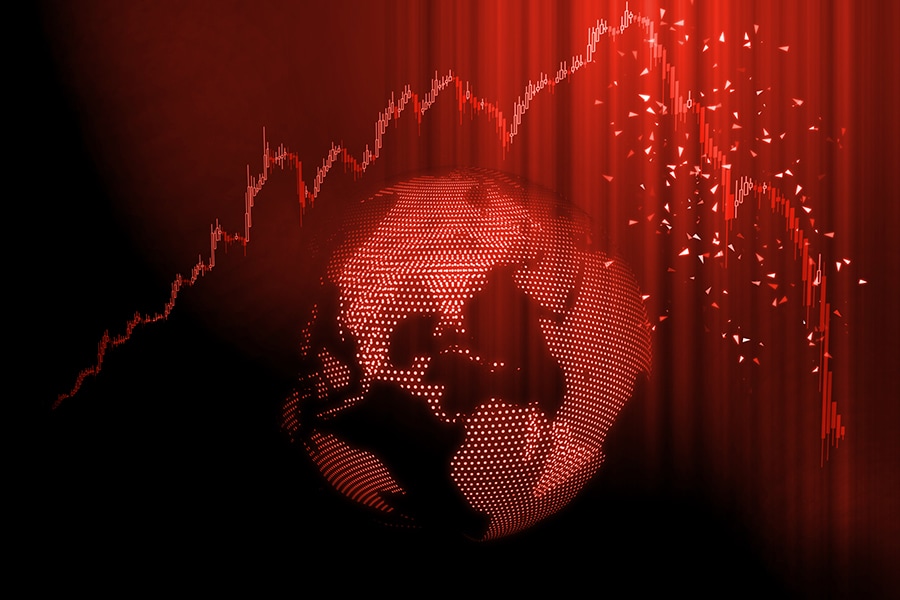Global recession "almost inevitable": New report
The global pandemic has also come at a time when starting interest rates are low, and economic tools to combat the crisis are limited


 Image: Shutterstock New analysis by Nuno Fernandes, Full Professor of Finance at IESE Business School, provides updated forecasts for how COVID-19 will affect the world´s economy. While previous estimates relied on historical comparisons with SARs or the 2008/9 financial crisis, the report shows why simple comparisons are not possible, and instead uses a new model to calculate economic effects across industries and countries. In light of the report´s findings, a “global recession is almost inevitable” says Fernandes.
Image: Shutterstock New analysis by Nuno Fernandes, Full Professor of Finance at IESE Business School, provides updated forecasts for how COVID-19 will affect the world´s economy. While previous estimates relied on historical comparisons with SARs or the 2008/9 financial crisis, the report shows why simple comparisons are not possible, and instead uses a new model to calculate economic effects across industries and countries. In light of the report´s findings, a “global recession is almost inevitable” says Fernandes.
Unlike with previous crises, Fernandes points out that “this time, we are facing a combined supply and demand shock” exacerbated by a variety of factors, such as the highly integrated nature of today´s world economy and the key role that China, the center of the initial outbreak, now plays in it. The global pandemic has also come at a time when starting interest rates are low, and economic tools to combat the crisis are limited. “Central banks exhausted their firepower during the good times. There is almost no room for monetary stimulus to help sustain the coming risks,” he warns.
Taking into account this context, the report discusses how the economic impact of the coronavirus outbreak is being felt across different industries and 30 countries. It finds that the economic costs of the crisis will hit some much harder than others. For example:
&bull Service-oriented economies will be particularly negatively affected, and have more jobs at risk.
&bull Countries like Greece, Mexico, Portugal, and Spain that are more reliant on tourism (more than 15% of GDP) will be more affected by this crisis
&bull Countries more reliant on exports will suffer disproportionally
The report also attempts a rough estimate of the potential global economic costs of COVID-19 under three different scenarios: a shutdown of 1.5 months (from mid-March to end of April), of 3 months (lasting until mid-June), and of 4.5 months (until end of July.)
Key findings:
In a mild scenario (the shutdown of economic activity lasts 1.5 months, from mid-March to end of April, with May as a recovery month):
&bull The U.S. is expected to enter into a recession, with GDP shrinking by nearly 2%. Overall, the crisis is expected to cost it nearly 4% of its GDP
&bull Most European countries will face significant recessions, seeing contractions of their GDP by 2% to over 4%. Judging from prior recessions, a decline in GDP of this magnitude will significantly increase unemployment
&bull Argentina´s economy will also be one of the worst hit, with its GDP estimated to shrink by about 5%
&bull In this scenario, nearly all countries analyzed will experience negative GDP growth, apart from China and India (although their growth will still be slashed from a pre-crisis estimate of 6% to below 2% in China´s case, and from around 7% to about 3% for India)
&bull Overall, for all countries analyzed, an average economic impact of 4.5% of GDP is expected
First Published: Apr 20, 2020, 11:37
Subscribe Now